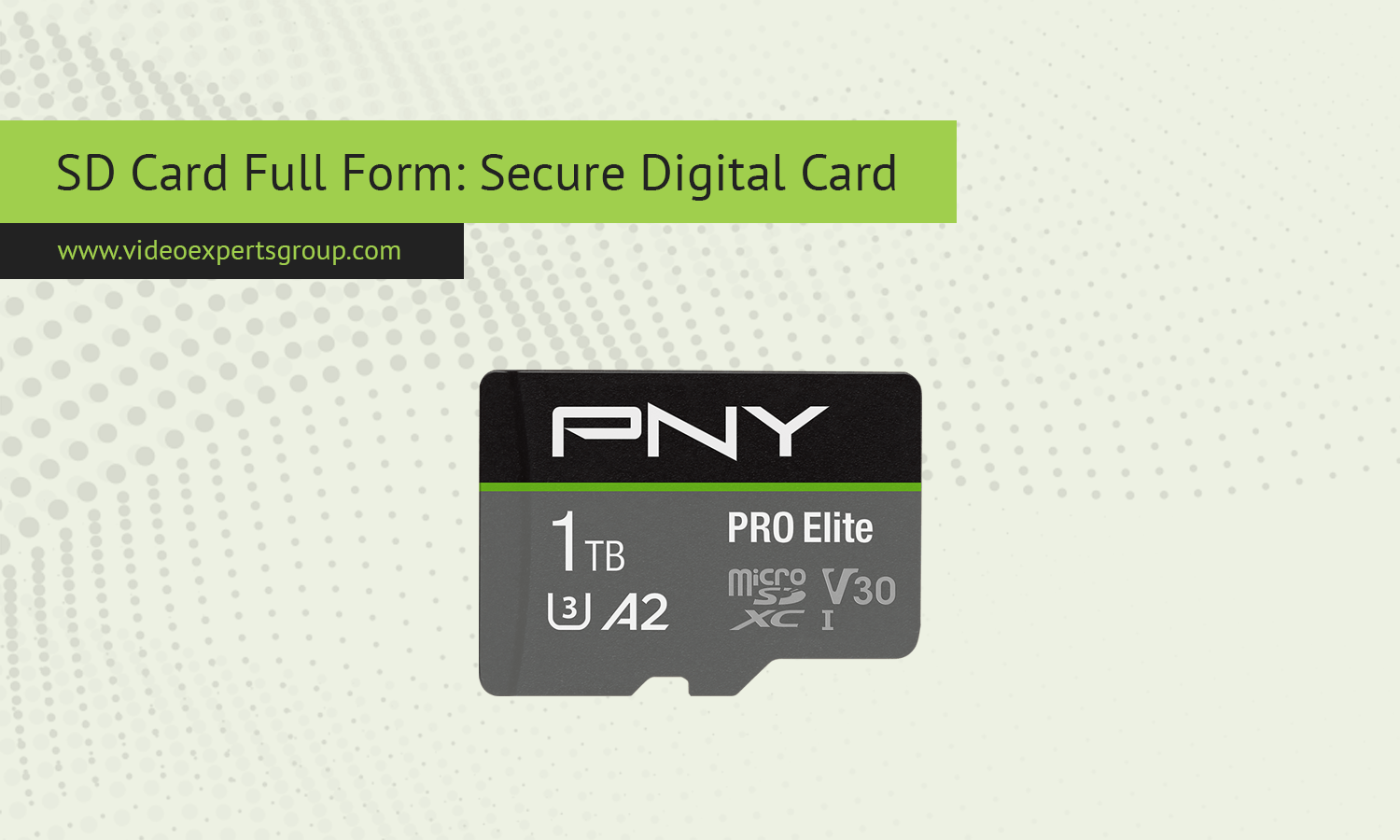SD cards, short for Secure Digital cards, are small, portable storage devices widely used in digital devices like smartphones, cameras, and gaming consoles. As one of the most common and convenient forms of external storage, SD cards provide an efficient way to store photos, videos, documents, and other digital data without relying on internal device storage. This article dives into the SD card’s purpose, pricing, longevity, and more, making it easier to understand why these cards remain popular.
Meaning
The term SD Card stands for Secure Digital Card. It is a type of non-volatile memory card developed to provide a compact, easily removable storage solution. Originally introduced by the SD Association (SDA) in 1999, SD cards were created to address the growing need for reliable, high-capacity storage in smaller devices. Unlike traditional hard drives, SD cards use flash memory, meaning they have no moving parts, making them highly durable and less prone to mechanical failure.
What is an SD Card Used For?
SD cards serve a variety of storage needs across different devices. Here are some of the most common applications:
- Digital Cameras and Camcorders: SD cards are standard storage in many cameras and camcorders, offering high-speed, high-capacity storage ideal for photos and videos.
- Smartphones and Tablets: While some modern smartphones no longer have SD card slots, many older models support SD cards for expanded storage, especially for multimedia files.
- Laptops and Computers: Many laptops have SD card readers that enable users to transfer files between devices quickly. SD cards are also used in digital media, such as audiobooks, movies, and games.
- Gaming Consoles: Devices like the Nintendo Switch use SD cards to expand storage for downloaded games, save files, and updates.
- Drones and Action Cameras: These high-resolution recording devices often use SD cards due to their portability and high data transfer rates.
Are SD Cards Safe?
SD cards are generally safe and reliable, especially when sourced from reputable brands and used correctly. They’re resistant to shock, vibration, and even temperature variations, making them suitable for outdoor activities and professional applications. However, like all storage devices, SD cards can experience data corruption, especially if they are removed from a device while data is being transferred or if they experience power loss.
Some safety tips to ensure data protection on SD cards include:
- Safely Ejecting: Always eject the SD card safely from the device to prevent data corruption.
- Avoiding Physical Damage: SD cards are durable but can still be physically damaged. Keep them in protective cases when not in use.
- Regular Backups: Although SD cards are reliable, backing up important files to another device or cloud storage is essential to safeguard data.
- Encryption Options: Some devices and SD card brands offer encryption options, adding an extra layer of security.
How Much is an SD Card?
SD card prices vary depending on several factors, such as storage capacity, speed class, and brand. Here’s an overview of the typical costs based on capacity:
- 16GB - 32GB: Ideal for basic storage needs like photos and small video files, prices range from $5 to $15.
- 64GB - 128GB: A good choice for larger storage needs such as HD video, typically priced from $10 to $40.
- 256GB - 512GB: High-capacity cards for 4K video and gaming, with prices ranging from $50 to $100.
- 1TB and Above: Specialized, high-capacity SD cards that can cost $100 to $300 or more, depending on the brand and speed class.
Higher-capacity SD cards are usually faster and more durable, which is useful for professionals needing consistent and high-speed storage.
How Long Will an SD Card Last?
The lifespan of an SD card depends on its quality, usage, and care. On average, an SD card lasts between 5 to 10 years with moderate use. However, heavy use, such as in surveillance cameras or continuous video recording, can reduce lifespan. SD cards, especially those from reputable manufacturers, often come with endurance ratings measured in write cycles (the number of times data can be written and erased).
Some factors that can affect an SD card’s longevity include:
- Usage Pattern: Continuous writing, like in security systems, wears out an SD card faster than occasional use.
- Environmental Factors: Extreme temperatures or humidity can shorten the lifespan of an SD card.
- Quality of Manufacturing: Cards from reputable brands like SanDisk, Samsung, and Kingston generally offer longer lifespans due to higher-quality materials and construction.
FAQ
SD cards remain a versatile and reliable option for portable storage, suitable for both casual and professional users. Their affordability, ease of use, and compatibility with a wide range of devices continue to make them a go-to choice for digital storage. By understanding their purpose, price, and care requirements, users can make the most of their SD cards and keep their data safe for years.
















